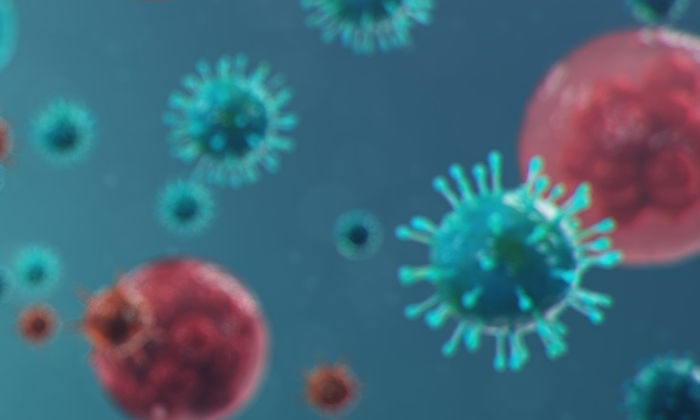New techniques to track hospital COVID infection hotspots
09 Apr 2021
A Manchester team has applied new techniques to detect and track the transmission of COVID-19 in hospital

The proof of concept system combines the movement and interaction of staff and patients with genomic sequencing of the virus, helping to signpost how best to improve patient pathways, staff movement and reduce risk.
They identified hotspots within hospitals where patients and staff had likely been in contact and shared similar or identical variants of the virus SARS-CoV-2- which causes Covid-19.
The data collected between March and June 2020, was the result of a unique collaboration between Manchester scientists, clinical staff and hospital executives whose results are published in the journal Elife.
The work, which took place across five hospitals in North West England, could have an important impact on infection control. The team applied genome sequencing to throat and nasal swabs obtained from 173 healthcare workers and patients.
Viruses, like all organisms, accumulate small genetic changes through time which are usually completely neutral and don’t give the virus any additional advantages.
The Manchester team took advantage of the natural genetic changes in the virus to understand how closely related samples from different staff and patients affected by the virus were.
If the COVID-19 genome from one affected individual appears almost identical to that of another, this shows they share a common, nearby source of infection.
Combining this information with data on patient and staff movement can identify where and when clusters of infection occur.
While COVID-19 variants are identified using genomic sequencing in a process that can take at least a week to complete, the team are confident the process can now be carried out as quickly as 48 hours.
Dr Jamie Ellingford from The University of Manchester said: “The methods applied in this study to completely characterise what the virus looks like in each sample goes above and beyond routine testing strategies.
“And that can enable identification of areas of hospitals where outbreaks are occurring and help alert infection control teams.”
Graeme Black, Professor of Genetics and Ophthalmology, said: “Once hospitals have identified clusters there are a range of measures they can take to make them safe.
“With this information hospital managers can, for example, evaluate existing infection control practices and easily check which ones are working most effectively. The use of PPE could also be adapted according to where a cluster might be.
“Developing methods to more accurately track movement could be useful in hospital to extend the characterisation of contacts between individuals and to understand the accuracy of the assumptions enforced in this study.”
- Read more about the study on our newsroom page.
